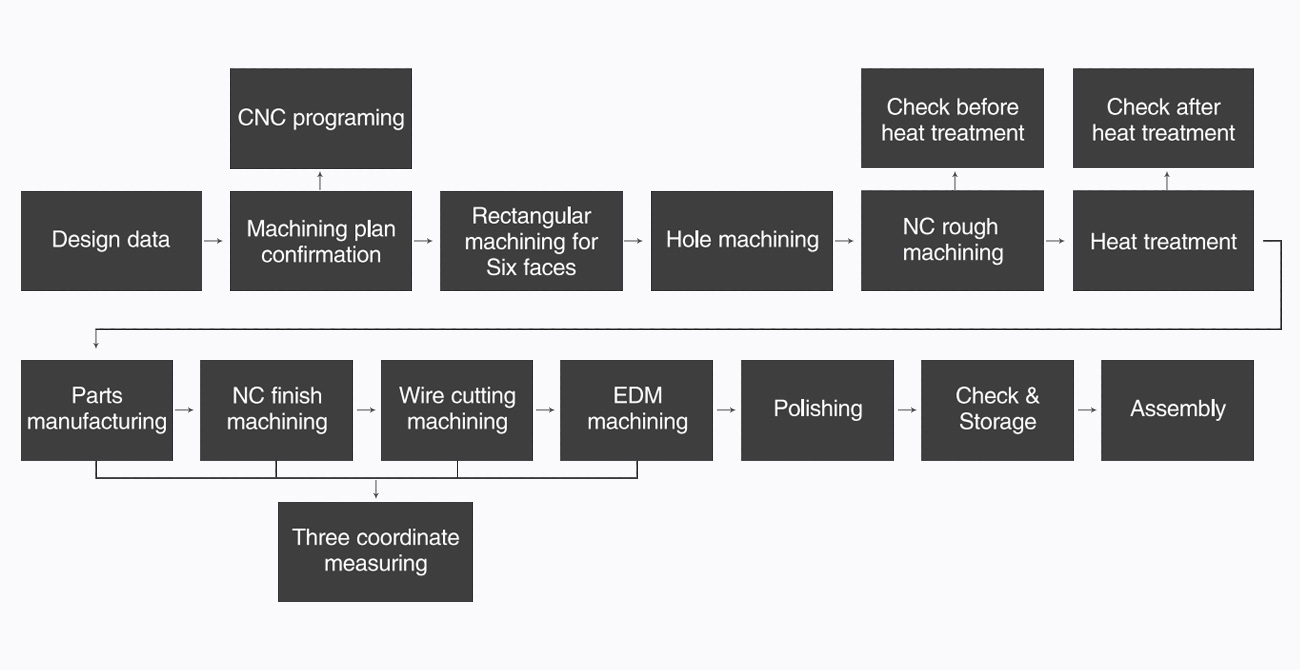Precision die casting for robot parts using state-of-the-art heat sink mold manufacturing is a process that involves producing highly accurate and complex parts with tight tolerances. This process uses a permanent mold made of high-quality steel or other materials to produce high-quality, repeatable parts. The heat sink mold is designed to produce the desired shape and size of the robot part, and it is engineered to withstand the high pressures and temperatures of the die casting process.
The die casting process for robot parts involves injecting molten metal into the heat sink mold under high pressure. The molten metal is typically a zinc or aluminum alloy, which is heated to a specific temperature and then injected into the mold. The mold is then cooled rapidly to solidify the metal, and the finished part is removed from the mold.
The use of precision die casting for robot parts offers several advantages, including:
Consistency: The use of a heat sink mold ensures consistent part quality and uniformity, which is essential for the precise operation of robots.
High accuracy: Precision die casting allows for highly accurate and complex parts to be produced with tight tolerances, ensuring a perfect fit with other robot components.
Cost-effective: Precision die casting is an efficient and cost-effective manufacturing process for producing high-quality robot parts in large quantities.
Durable and strong: Die-cast robot parts are highly durable and strong, which is essential for the demanding conditions they operate in.
Versatility: Die casting can be used to produce robot parts in a wide range of shapes, sizes, and materials, making it a versatile process for manufacturing robot components.
Overall, the precision die casting of robot parts through state-of-the-art heat sink mold manufacturing is a highly effective way to produce high-quality, reliable, and durable robot components.
How Die Casting Robot Parts Heat Sink Mold Works
Die casting for robot parts involves the use of a heat sink mold to create the desired shape of the part. The heat sink mold is made of high-quality steel or other materials and is designed to withstand the high pressures and temperatures involved in the die casting process.
Here's how the die casting process for robot parts works:
Preparation: The heat sink mold is first prepared for the casting process. This involves applying a release agent to the mold cavity to prevent the molten metal from sticking to the mold.
Heating: The die casting machine is then heated to a specific temperature, typically around 400°C, to melt the metal.
Injection: Once the die casting machine has reached the desired temperature, the molten metal is injected into the mold cavity at high pressure. This is typically done through a sprue, which is a channel that allows the molten metal to flow into the mold.
Cooling: The molten metal rapidly cools and solidifies within the mold, taking on the shape of the mold cavity.
Ejection: After the part has cooled and solidified, the mold is opened, and the finished part is ejected from the mold.
Finishing: The finished part may require additional finishing processes such as trimming excess material, polishing or sandblasting to achieve the desired surface finish.
The use of a heat sink mold in die casting for robot parts allows for the production of highly accurate and complex parts with tight tolerances. This process is highly efficient and cost-effective, allowing for the production of large quantities of high-quality robot parts.
 EN
EN 



















